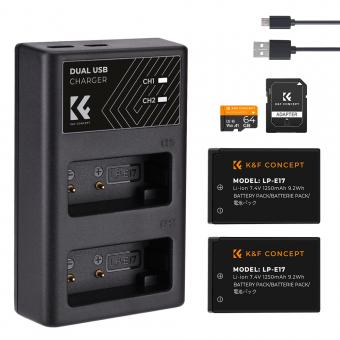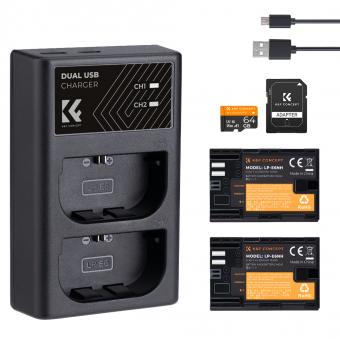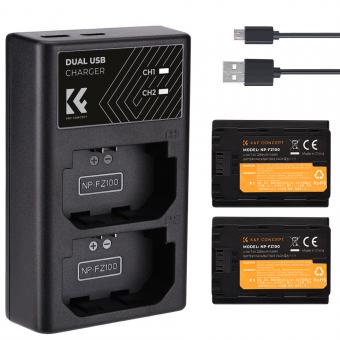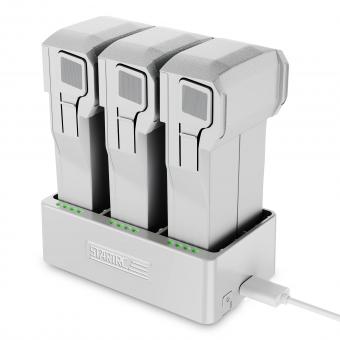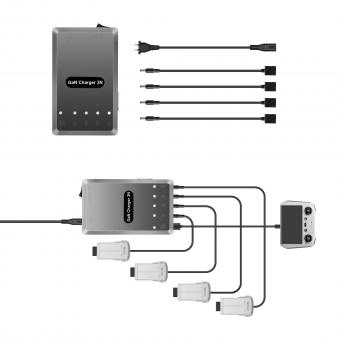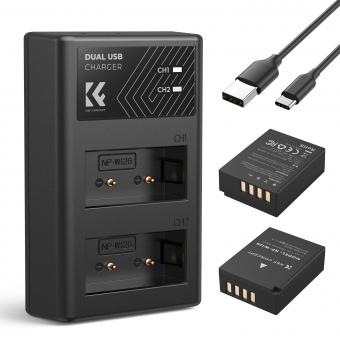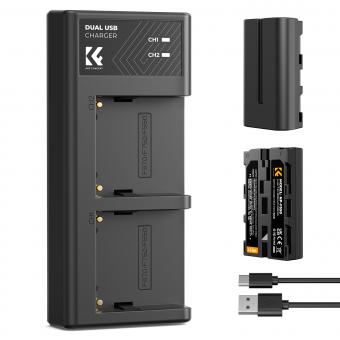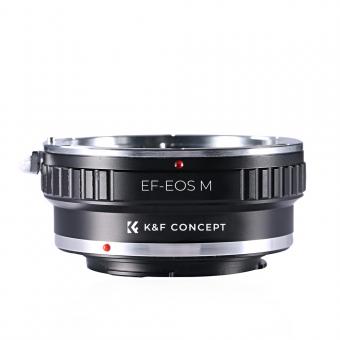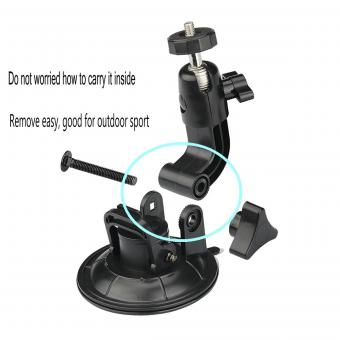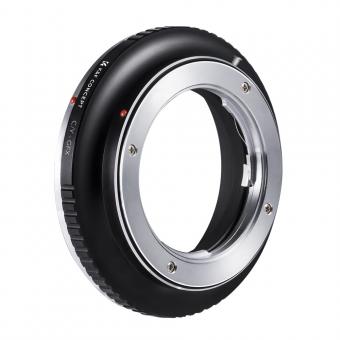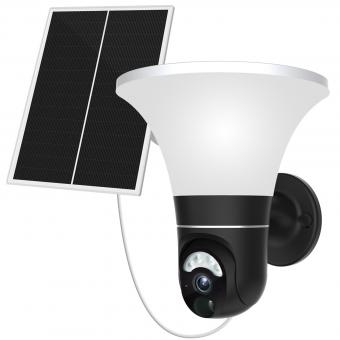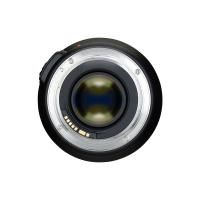Blink Camera How Many Batteries ?
The Blink camera typically requires two AA lithium batteries.
1、 Battery Life of Blink Cameras
The Blink camera system is a popular choice for home security, offering wireless and easy-to-install cameras that can be placed both indoors and outdoors. One common concern for users is the battery life of these cameras, as it directly impacts their effectiveness and convenience.
To answer the question "blink camera how many batteries," it depends on the specific model of the Blink camera being used. The original Blink camera system, which includes the Blink Indoor and Blink Outdoor cameras, requires two AA lithium batteries per camera. These batteries are estimated to last up to two years with normal usage.
However, it's important to note that Blink has recently introduced a new line of cameras called Blink XT2 and Blink Mini. The Blink XT2 camera, designed for both indoor and outdoor use, also requires two AA lithium batteries. However, it boasts an extended battery life of up to two years, making it even more convenient for users. On the other hand, the Blink Mini, which is designed for indoor use only, does not require batteries as it is powered by a standard electrical outlet.
It's worth mentioning that battery life can vary depending on factors such as camera usage, motion detection sensitivity, and the frequency of live viewings. Additionally, extreme weather conditions can also affect battery performance. However, overall, Blink cameras are known for their efficient power management and long-lasting battery life.
In conclusion, the number of batteries required for Blink cameras depends on the model being used. The original Blink camera system requires two AA lithium batteries per camera, while the newer Blink XT2 camera also requires two AA lithium batteries but offers an extended battery life of up to two years. The Blink Mini, designed for indoor use, does not require batteries as it is powered by an electrical outlet.
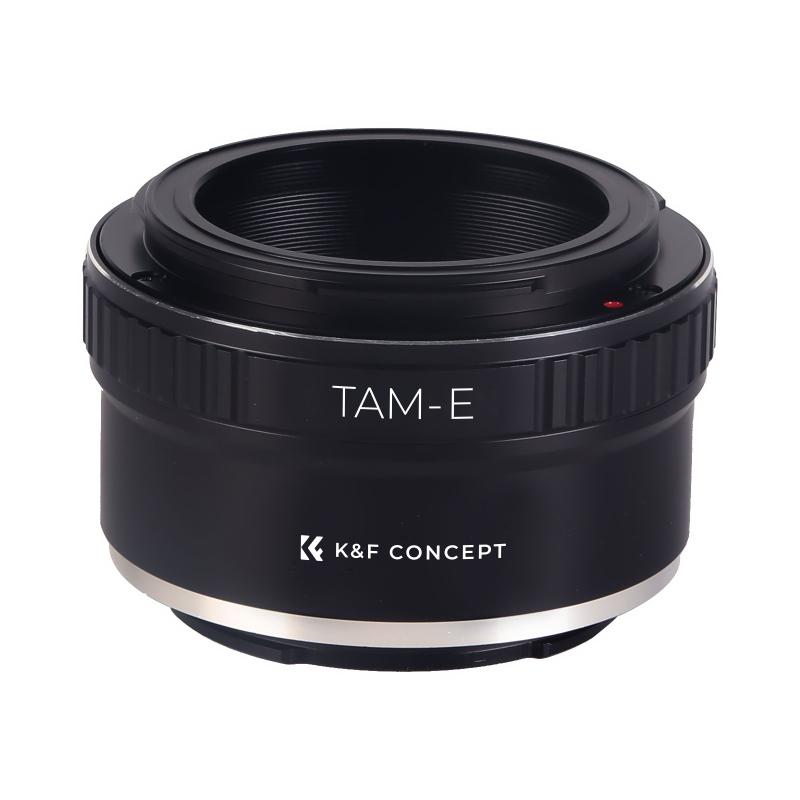
2、 Battery Requirements for Blink Cameras
The battery requirements for Blink cameras vary depending on the specific model and usage. Blink cameras are known for their efficient power consumption, which allows them to operate on battery power for extended periods.
The latest point of view on battery requirements for Blink cameras is that they typically require two AA lithium batteries. These batteries are recommended for optimal performance and longevity. However, it is important to note that the actual battery life can vary depending on factors such as camera settings, usage frequency, and environmental conditions.
Blink cameras are designed to conserve battery power by entering a low-power standby mode when not actively recording or detecting motion. This helps to extend the battery life significantly. In most cases, Blink cameras can operate on a single set of batteries for up to two years, depending on usage patterns.
To ensure the best performance and longevity of the batteries, it is recommended to use high-quality lithium batteries. These batteries have a longer shelf life and can withstand extreme temperatures better than alkaline batteries. Additionally, it is advisable to check the battery level regularly through the Blink app or dashboard to ensure uninterrupted camera operation.
In conclusion, Blink cameras typically require two AA lithium batteries. These batteries offer optimal performance and can last up to two years, depending on usage patterns. It is important to use high-quality lithium batteries and monitor the battery level regularly to ensure uninterrupted camera operation.
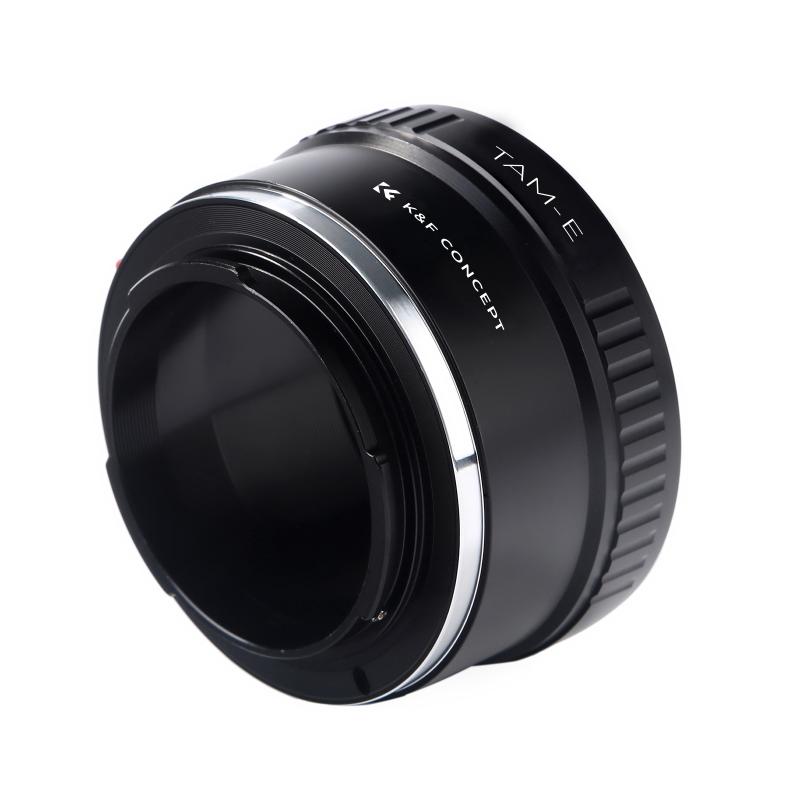
3、 Recommended Number of Batteries for Blink Cameras
The recommended number of batteries for Blink cameras depends on various factors such as the camera model, usage, and environmental conditions. Blink cameras are known for their efficient power management, which allows them to operate on a set of AA lithium batteries for an extended period. However, the exact number of batteries required can vary.
For the Blink XT2 and Blink Outdoor cameras, the manufacturer recommends using two AA lithium batteries. These cameras are designed to last up to two years on a single set of batteries, assuming an average usage of 5,882 seconds of video recording per month. This estimate is based on optimal conditions, including 40,000 total seconds of motion-activated recording and Live View usage.
It's important to note that battery life can be affected by factors such as the number of motion events, the length of video recordings, and the strength of the Wi-Fi signal. In areas with frequent motion events or weak Wi-Fi connectivity, the battery life may be shorter.
To ensure uninterrupted operation, it is advisable to keep spare batteries on hand. Having an extra set of batteries allows for quick replacement when the existing ones run out of power. Additionally, it is recommended to use high-quality lithium batteries for optimal performance.
It's worth mentioning that Blink has recently introduced the Blink Outdoor XT3 camera, which features a built-in rechargeable battery pack. This eliminates the need for traditional batteries and provides a more convenient and eco-friendly power solution.
In conclusion, the recommended number of batteries for Blink cameras is typically two AA lithium batteries. However, it is essential to consider individual usage patterns and environmental factors that may affect battery life.
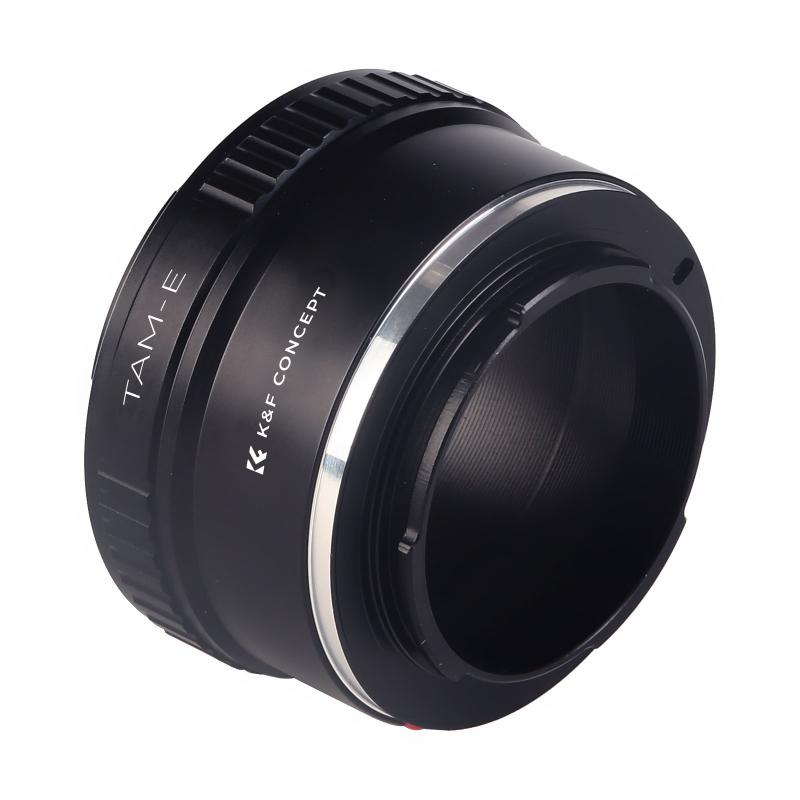
4、 Factors Affecting Battery Life in Blink Cameras
Factors Affecting Battery Life in Blink Cameras
The battery life of Blink cameras can be influenced by several factors. Understanding these factors can help users optimize the performance and longevity of their cameras.
1. Camera Settings: The settings on the Blink camera can significantly impact battery life. Adjusting the camera's sensitivity, recording length, and retrigger time can help conserve battery power. Lower sensitivity levels and shorter recording lengths can reduce the camera's power consumption.
2. Motion Activity: The frequency and intensity of motion activity in the camera's field of view can affect battery life. Areas with high motion activity, such as busy streets or crowded spaces, may trigger the camera more frequently, leading to increased power consumption. Users can consider adjusting the camera's positioning or using activity zones to minimize unnecessary recordings.
3. Temperature: Extreme temperatures can impact battery performance. Cold temperatures can cause batteries to drain faster, while high temperatures can reduce battery life. It is advisable to place the camera in a location where it is protected from extreme temperature conditions.
4. Wi-Fi Signal Strength: A weak Wi-Fi signal can cause the camera to consume more power as it struggles to maintain a stable connection. Ensuring a strong and stable Wi-Fi signal can help optimize battery life.
5. Battery Type: The type of batteries used in Blink cameras can also affect battery life. Lithium batteries are recommended as they tend to have a longer lifespan compared to alkaline batteries.
6. Firmware Updates: Regularly updating the camera's firmware can improve its efficiency and optimize battery usage. Blink periodically releases firmware updates that address performance issues and enhance battery life.
It is important to note that the number of batteries required for a Blink camera depends on the specific model. Some Blink cameras require two AA batteries, while others may require four. Users should refer to the camera's user manual or product specifications for the exact battery requirements.
In conclusion, optimizing battery life in Blink cameras involves adjusting camera settings, considering motion activity, managing temperature conditions, ensuring a strong Wi-Fi signal, using the recommended battery type, and keeping the firmware up to date. By considering these factors, users can maximize the battery life of their Blink cameras and enjoy uninterrupted surveillance.




